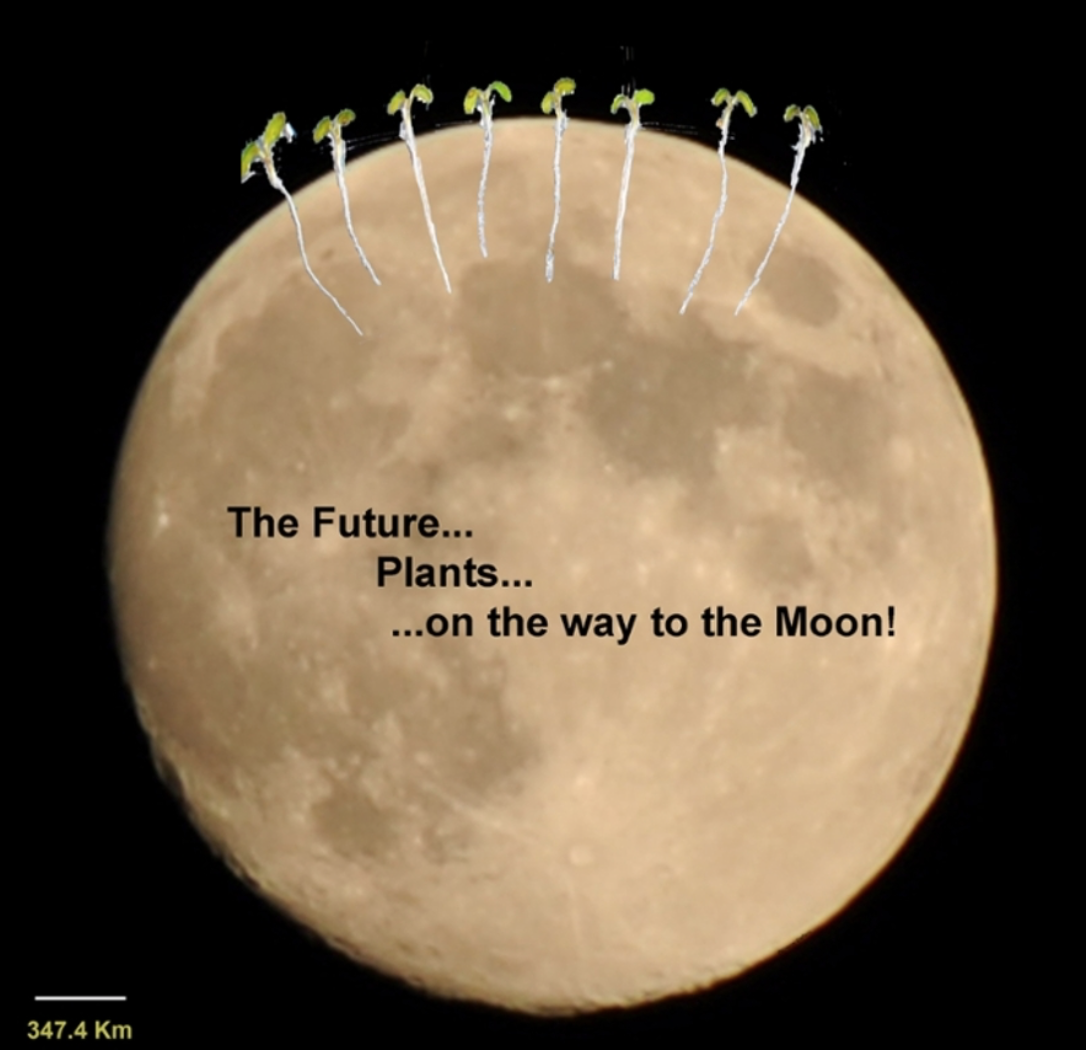Space Biology
Successful plant growth in closed-loop life support conditions is a difficult challenge for the realization of long-term habitation of spacecraft and other extraterrestrial environments. In such environments, plants can undergo stress induced by a number of factors including changes in gravity, radiation, vibration, limited exchange of gases and suboptimal growth conditions (temperature, light, nutrients). These sources of stress are often associated with reprogramming of gene expression and can cause limited plant growth, development and yield. To facilitate plant life in space, it is crucial to acquire a better understanding of the genetic changes that enable plant cells to respond to spaceflight stress. To do so, one goal of our work is to define the underlying mechanisms of plant adaptation to spaceflight environment at a transcriptional level. To contribute further to the successful realization of habitation in space, we also aim to develop plants that can function as bioindicators of stress during in-flight situations. The availability of real-time stress bioindicators will provide scientists and astronauts with direct readouts of stress in the space environment. The results gathered in our research will contribute to NASA’s strategic plans for the realization of long-term habitation of space and planetary surfaces. Because of the conservation of stress sensing and response mechanisms across multicellular organisms, we expect that our results will also have important implications for the general knowledge of stress and in the design of solutions for space stress management in multicellular organisms, including humans.

Figure 1. The Future...Plants...on the way to the Moon (picture G. Stefano)